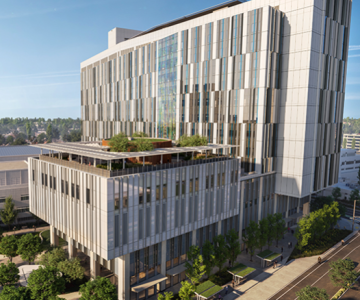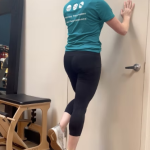As a physical therapist, I’m often asked, “How long will it take to heal?” or “When can I get back to running, tennis, or my sport?” It’s one of the most common questions, and my go-to answer is always, “It depends.” There’s no simple timeline, as recovery is influenced by a variety of factors. The healing process varies depending on the nature of the injury, the type of tissue involved, and the effort put into recovery. Let’s dive into what influences recovery times and how tissue heals.
Factors That Impact Healing Time
While there are general timelines for healing, how long an injury will take to recover depends on several key factors:
- Sleep and Nutrition: Proper rest and diet are essential for supporting tissue healing.
- Underlying Health Issues: Conditions like low energy availability, autoimmune disorders, or imbalances in lab values can slow recovery.
- Activity Modification: Following prescribed activity restrictions and avoiding re-injury is crucial for speeding up healing.
Once these factors are addressed, the healing process for the injured tissue generally follows a predictable path. While the recovery time can vary, certain tissues have a more reliable healing timeline.
Healing Times by Tissue Type
Different tissues—bones, muscles, tendons, ligaments, cartilage, and nerves—heal at different rates. The reason for this variation lies in blood flow. Tissues like bones and muscles have a good blood supply, enabling them to heal faster. Tendons and ligaments, on the other hand, have less blood flow, which makes their healing process slower.
Healing is generally broken down into three stages, each dictating how much load the injured area can handle and when it’s safe to return to physical activity.
Phases of Healing
1. Inflammatory Phase
The inflammatory phase begins immediately after an injury and can last from hours to days. During this phase, blood vessels dilate to increase blood flow to the injured area, which brings cells that help clean up the damaged tissue. You’ll often notice redness and warmth as a result. Swelling is also common, which can inhibit muscle function. The tissues are at their weakest during this phase, and it’s important to protect them from excessive strain. While inflammation is a necessary part of the healing process, it can be problematic if it lingers longer than expected—usually beyond a week.
2. Proliferation Phase
This phase focuses on tissue repair and can last anywhere from several days to several months. During this time, new cells, blood vessels, and the extracellular matrix begin to fill the injury site. Collagen—the building block of connective tissue—is laid down in a disorganized manner, providing a framework for new tissue. At this stage, the tissue can start to handle some load, but it’s still relatively weak. The collagen fibers need time to mature and align in a way that supports the healing tissue.
3. Remodeling Phase
The remodeling phase is where the real strengthening occurs. This phase can last from months to even years after the initial injury. As the tissue adapts to stress, the collagen fibers realign according to the forces they experience, which improves the tissue’s ability to handle load. For example, tendons will realign based on the lines of tension, and bone density will increase under weight-bearing conditions. During this phase, excess scar tissue is broken down, and the tissue begins to regain its strength and flexibility. Gradual, progressive loading is crucial during this phase to restore function and ensure full recovery.
The Role of Physical Therapy in Recovery
While the healing process can feel slow and frustrating, having a physical therapist guide you through proper rehabilitation and exercise progression is key to a successful recovery. A well-planned physical therapy program can help you return to your sport safely and prevent future injuries.
Understanding the stages of healing and the factors that influence recovery time can give you a better idea of what to expect. Patience and adherence to the recovery plan are essential, but with the right approach, you’ll be back to your activities stronger than before.
Thanks for reading!





